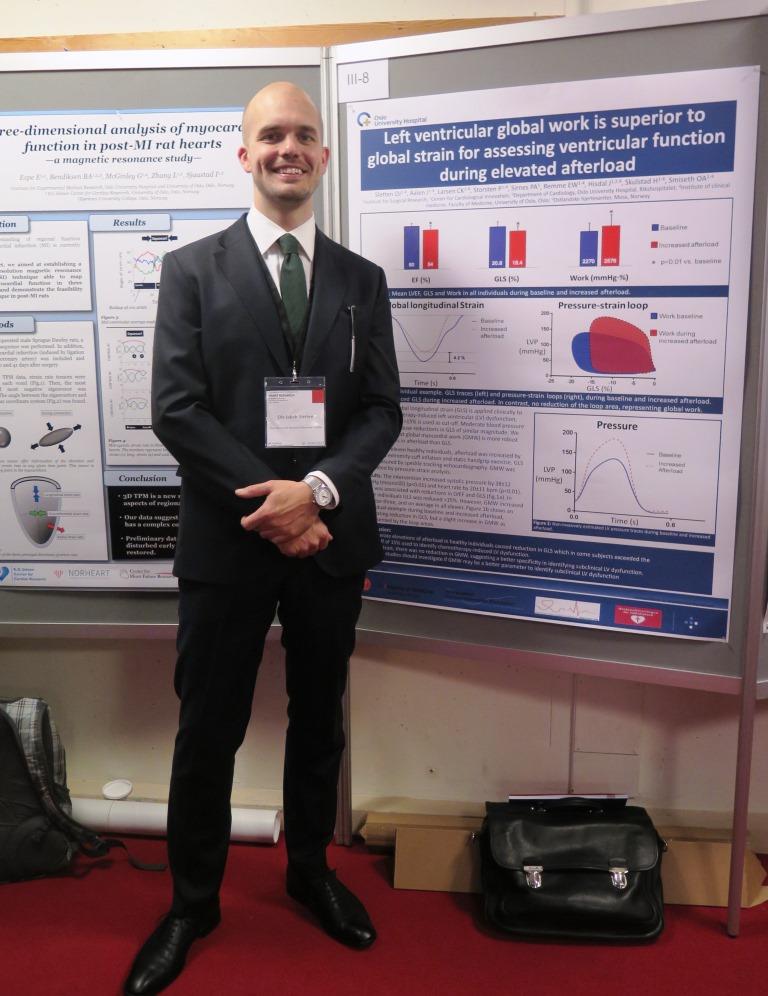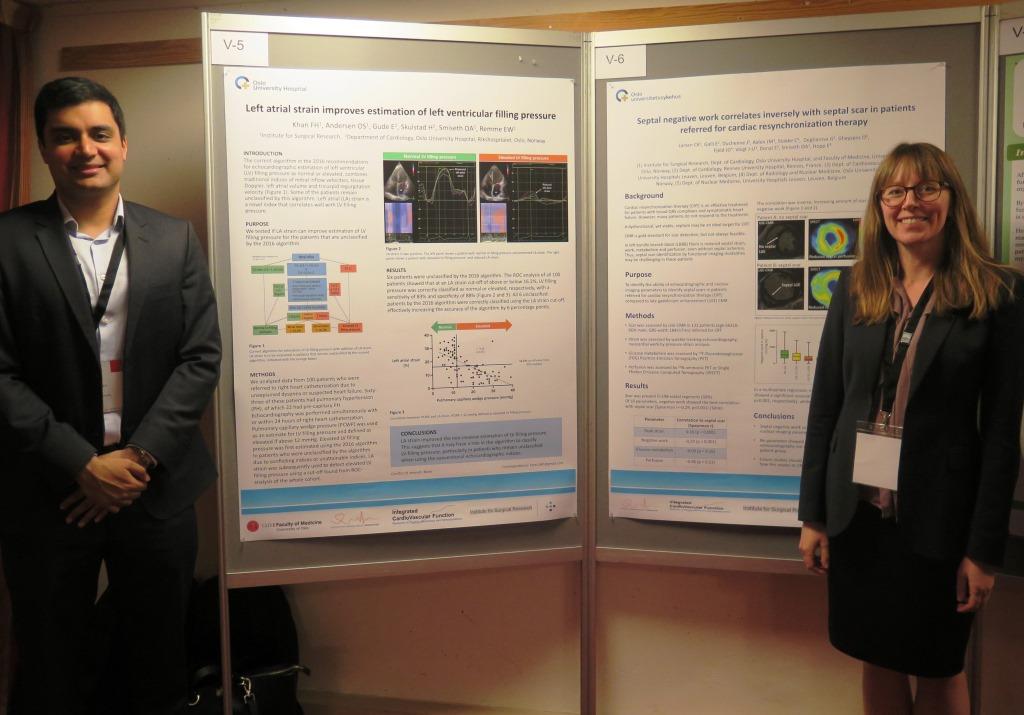18th Annual CHFR Symposium on Heart Research
The Center for Heart Failure Research (CHFR) was established in 2002 and has since then promoted the integration of high quality research from bench to bedside. Center members have a broad range of expertise, covering state-of-the-art gene technology, protein function, integrative physiology in pathophysiological models and clinical studies. This collective knowledge and active research collaboration has resulted in more than 200 scientific publications each year.
The Annual Symposiums that began in 2003 have constituted an important platform for networking, introduction of up-and-coming academic talents, along with impressive research results, not to mention the presence of important international speakers shedding light on recent advancements in cardiovascular research.
Strengthening national research with the intent to promote scientific excellence has been an important mission for CHFR. Improving PhD programs and fostering young researchers is a way of reaching this goal. As part of this strategy, CHFR members initiated the establishment of the Norwegian PhD School of Heart Research (NORHEART) in 2012, together with key researchers from all major Universities in Norway.
The complete program from this year`s Symposium is available at heartfailure.no , while a report with pictures is provided by norheart.no.
The third session «Cardiac function during heart failure and exercise training», moderated by Øyvind Ellingsen and Ole-Jakob How, focused on the impact of exercise in heart failure.
Left ventricular global work is superior to global strain for assessing ventricular function during elevated afterload
Authors: Sletten OJ, Aalen J, Larsen CK, Storsten P, Sirnes PA, Remme EW, Hisdal J, Skulstad H, Smiseth OA
Global longitudinal strain (GLS) is applied clinically to identify chemotherapy-induced left ventricular (LV) dysfunction, using reduction by >15% as a cut-off value. Moderate blood pressure elevations may cause reduction in GLS of similar magnitude.
Moderate elevation of afterload in healthy individuals caused reduction in GLS which in some subjects exceeded the cut-off of 15% used to identify chemotherapy-induced LV dysfunction. In contrast, there was no reduction in GMW, suggesting a better specificity in identifying subclinical LV dysfunction.

Photo: Oslo University Hospital
The fifth session «Diagnostic and therapeutical strategies for cardiac disease», moderated by Helge Midtbø and Geir Øystein Andersen focused on new diagnostic methods for improved patient care. Winning the best poster price was Monica Chivulescu with her poster “High penetrance and similar disease progression in probands and family members with arrhythmogenic cardiomyopathy”.
Authors: Chivulescu M, Lie ØH, Popescu BA, Skulstad H, Edvardsen T, Jurcut RO, Haugaa K
The study concluded that disease penetrance was fairly high in family members both at inclusion and during follow-up. Rate of progression was similar in probands and family members with arrhythmogenic cardiomyopathy and structural progression was associated with higher incidence of severe arrhythmic event in arrhythmia free patients during follow-up.
Left atrial strain improves estimation of left ventricular filling pressure
Authors: Khan FH, Andersen OS, Gude E, Skulstad H, Smiseth OA, Remme EW
The 2016 recommendations for echocardiographic estimation of left ventricular filling pressure (LVFP) are based on traditional indices. Some patients remain unclassified by this algorithm. Left atrial (LA) strain is a novel index that correlates well with LVFP. LA strain may have a role in non-invasive estimation of LVFP, particularly in patients who remain unclassified when using the conventional echocardiographic indices.

Photo: Oslo University Hospital
Septal negative work correlates inversely with septal scar in patients referred to cardiac resynchronization therapy
Authors: Larsen CK, Galli E, Duchenne J, Aalen JM, Stokke C, Degtiarova G, Gheysens O, Fjeld JG, Voigt J-U, Donal E, Smiseth OA, Hopp E
In left bundle branch block (LBBB) there is reduced septal strain, work, metabolism and perfusion, even without septal ischemia. Thus, septal scar identification is challenging. Septal negative work correlates inversely, and more strongly than nuclear imaging parameters, with septal scar in patients referred for CRT. In a multivariate regression model, negative work, metabolism and perfusion showed a significant association with percent septal scar, while peak strain did not. Septal negative work correlates inversely, and more strongly than nuclear imaging parameters, with septal scar in patients referred for CRT. Peak strain is not associated with septal scar.
